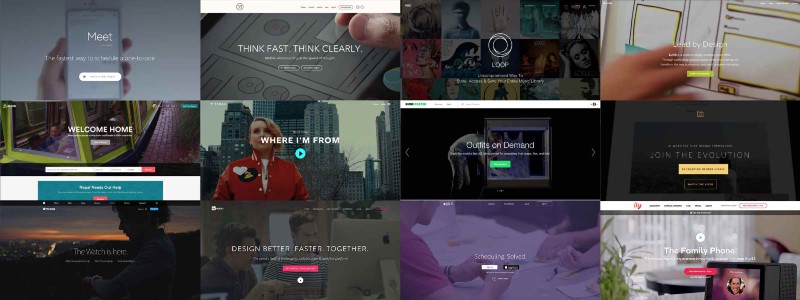The Future of UX
I recently had a conversation with one of my classmates where he said that he did not want to work on mobile UX because it had already been done to the point that nothing new would come out of it. Upon reflection, I disagree with him, but it did start me thinking about what the future of UX is going to look like.
Currently, much of UX is focused on a limited conceptualization of commercial consumption whether through digital experiences (e.g., websites, mobile, apps, etc.) or tangible products. We focus our attention on designing spaces for users to have positive experiences with our products in a mostly passive way where users come to the product. There are some examples of agentive interaction design such as the Amazon Echo and some functions on Cortana, Google Now, and Siri. But even including these, our products have a narrow scope and focus on small pieces of our users’ lives, not actually attempts at large scale life experience engineering, which I think will be the future of UX.
As an example of some of the more macro-engineering work I am talking about, I would point to two examples. As both of these examples were done by a marketing agency, they are naturally aimed at advertising something, but I think that the underlying core idea is something that truly embodies the future of UX. Note, I do not endorse these products, but mention them because they have done great work.
First, Huggies (put together by the Agência Moodad marketing firm) in Brazil is running a campaign where they are 3D printing sonograms of babies for mothers. What makes it different however, is that the mothers are all blind and so are not able to see what their children look like on their own. Through identifying a need and thinking innovatively, Agência Moodad was able to engineer a space in which the mothers were able to have a more positive interaction with their pregnancy and a stronger bond with their child. The reaction of the mothers (see below) shows how much more powerful this sort of engineering is, much more than a Snapchat message or an Amazon purchase.
The second example comes from a 7UP campaign about designing a concert for a very unique audience, deaf people. The question becomes, how do you take something that is already established as a known – music as an audio expression made for people who can hear – and engineer a space within that medium that opens it up in a new and creative way for a larger audience? How do you escape the preconceived notion about what something IS and use it to make room for something new? 7UP created an entire concert experience using the rhythm and base of music to show that there is more than one dimension to the medium of music and the only limit to creating new spaces is your imagination. See below for their video about the experience.
Now, this is not really something totally new. People have been trying to engineer spaces for large scale positive experiences for some time, but the difference is that they have tended not to be UX people. Almost no class I have ever taken as a UX professional has even come close to touching on creating large scale spaces for people to be happy. We do usability tests on apps and products, but not processes and experiences. For some reason, we seem to miss the forest for the trees, so to speak. We leave the large scale to other disciplines – sociologists, the humanities, engineers, marketers, etc. In the future, I think (I hope) that I will be able to swap out the above examples from marketing firms for ones from UX firms.
Of course, there is a dark side to this. I am sure there will be people who see this as moving toward engineering people and dictating how they should live their lives. However, I have been extremely careful to use the phrase “engineering spaces where people can have positive experiences” rather than words such as “creating” or “making” because our jobs as UX professionals should never be to push or pull our users but to open locked doors and allow them to decide whether they want to pass through.


